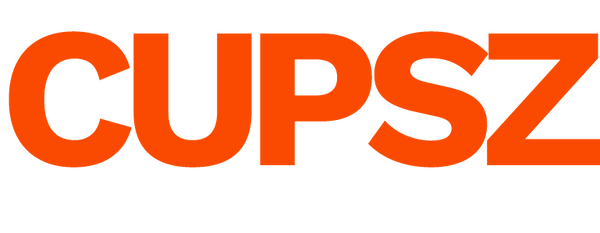Change in SUP legislation
You've probably already heard: as of January 2023, new rules are in effect for single-use coffee cups and food packaging. This means that both companies and consumers must adapt to the stricter legislation around Single Use Plastics (SUP). This legislation aims to reduce the amount of plastic waste, especially in nature and the oceans. In this blog, we explain exactly what the SUP legislation means, what changes have been made and what this means for SUP legislation for coffee cups and food packaging.


What is the SUP legislation?
Let's start at the beginning. The Single Use Plastic legislation (SUP legislation) is an European directive which target is to reduce the environmental impact of single-use plastics. The directive contains a package of measures aimed at reducing the amount of single-use plastics in litter and in the sea. The first measures started on July 3, 2021. For example, plastic plates, straws and stirrers were banned and a SUP logo was made mandatory on coffee cups. New measures will be added from January 1 of 2023. This concerns two things: The waste management contribution for packaging and the SUP surcharge.
Waste management contribution Packaging
When we talk about packaging, it concerns (according to Afvalfonds Verpakkingen, 2022) all products, made of materials of any kind, that can be used for the containment, protection, loading, delivery and offering of other products, from raw materials to finished products. Products, over the entire process from producer to user or consumer.
The Packaging Waste Management Contribution has different rates, depending on the type of material. The rate is determined by the costs of collection, separation and recycling of the specific material. So the more sustainable the packaging, the lower the contribution! These possible additional costs lead to a price increase for some products
SUP surcharge
The SUP surcharge is on top of the waste management contribution. This surcharge applies to single-use food packaging made entirely or partly of plastic. This also concerns packaging that contains a thin (bio) plastic coating. This includes cardboard coffee cups and cardboard food packaging (bowls), but also our lids. But, it excludes all the biodegradable food containers like biodegradable coffee cups or bowls if they contain no plastic at ALL.
SUP-markering
An important part of SUP legislation is the mandatory marking on all disposable containers, such as coffee cups, that contain plastic. This marking was created to inform consumers that the product contains (some) plastic, which can be harmful to the environment if not handled properly.
The requirements for SUP marking are stringent:
- The marking must be at least 2.8 cm wide and 1.4 cm high.
- It must be placed horizontally on the outside of the cup and must not come into contact with the mouth.
- The marking must be in the language of the country where the cup is used, and must comply with specific color coding (CMYK values for white, black, red and blue).
- The text on the marking must clearly indicate that the product contains plastic, such as: “Product contains plastic” (NL), ‘Produit contenant du plastique’ (FR), ‘Produkt enthält Kunststoff’ (DE), or ‘Plastic in product’ (EN). This also applies to cups that contain a thin plastic coating.
What consequences?
With the introduction of the new SUP legislation, it is essential that companies and producers are aware of their responsibilities. Companies that order printed coffee cups or food packaging with their own logo or corporate identity are considered producers and are required to file the proper returns for the SUP surcharge and Waste Management Fee.
In addition, any packaging containing plastic must be properly marked. This requires extra attention in the production and design of packaging. Not only to comply with legal requirements, but also to make consumers aware of the environmental impact of their disposable packaging.

Would you like more information?
Below are 2 interesting blogs that can help you :

